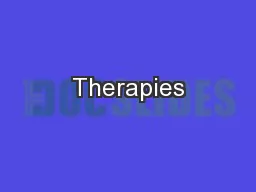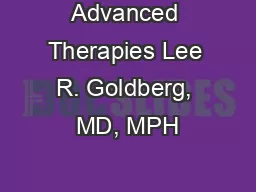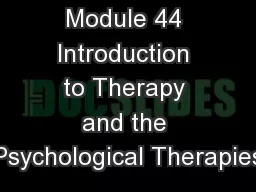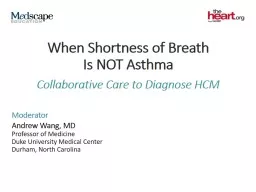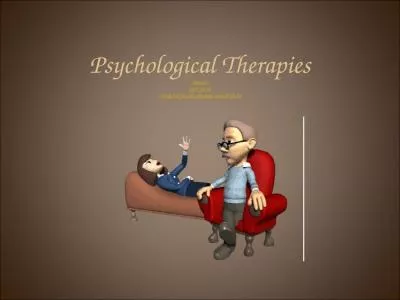PPT-Current Topics in the Therapies:
Author : natalia-silvester | Published Date : 2016-03-31
Physical Therapy Wayne Stuberg PhD PT PCS MunroeMeyer Institute University of NE Medical Center Learning Objectives Review normative data on gross motor skill development
Presentation Embed Code
Download Presentation
Download Presentation The PPT/PDF document "Current Topics in the Therapies:" is the property of its rightful owner. Permission is granted to download and print the materials on this website for personal, non-commercial use only, and to display it on your personal computer provided you do not modify the materials and that you retain all copyright notices contained in the materials. By downloading content from our website, you accept the terms of this agreement.
Current Topics in the Therapies:: Transcript
Download Rules Of Document
"Current Topics in the Therapies:"The content belongs to its owner. You may download and print it for personal use, without modification, and keep all copyright notices. By downloading, you agree to these terms.
Related Documents







